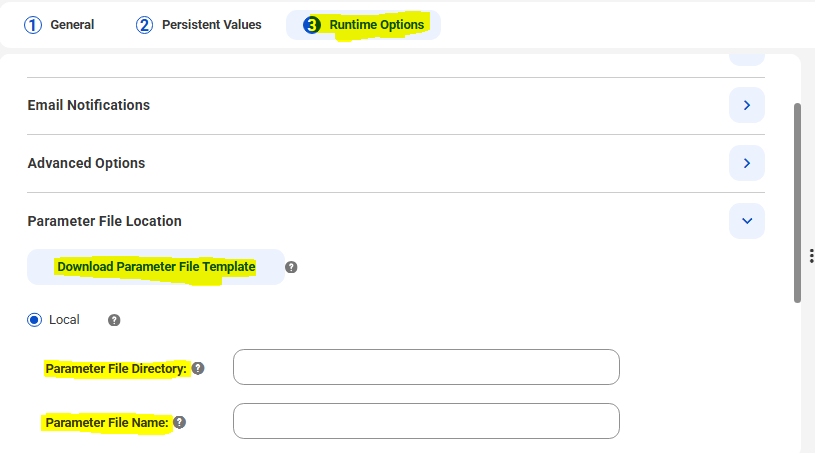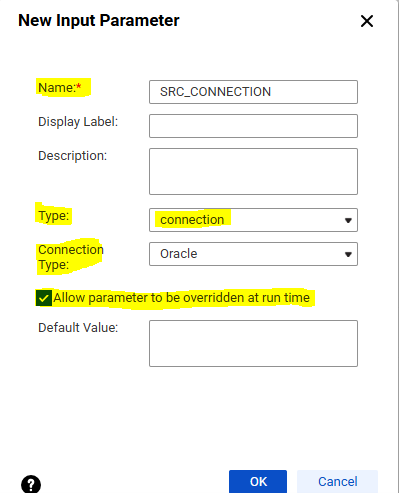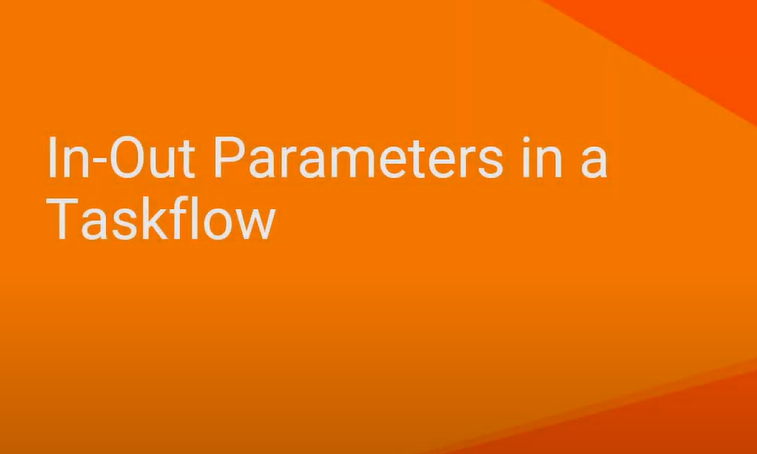In Informatica Intelligent Cloud Services (IICS), In-Out and Input Parameters provide flexibility in managing dynamic values for your mappings. This allows you to avoid hard-coding values directly into the mapping and instead configure them externally through parameter files, ensuring ease of maintenance, especially in production environments. Below, we’ll walk through the concepts and how to use these parameters effectively in your IICS mappings.
In-Out Parameters
- Similar to Mapping Variables in Informatica PowerCenter:In-Out parameters in IICS function similarly to mapping parameters or variables in Informatica PowerCenter. These parameters allow you to define values that can be used across the entire mapping and changed externally without altering the mapping itself.
- Frequently Updating Values: In scenarios where a field value needs to be updated multiple times, such as a Product Discount that changes yearly, quarterly, or daily, In-Out parameters can save time and reduce errors. Instead of hard-coding the discount value in the mapping, you can define an In-Out parameter and store the value in a parameter file.
- For Example – Product Discount: If the Product Discount changes yearly, quarterly, or daily, you can create an In-Out parameter in your IICS mapping to store the discount value. Instead of updating the mapping each time the discount value changes, you only need to update the value in the parameter file.
- Changing Parameter Values: Whenever the discount value needs to be updated, simply change it in the parameter file. This eliminates the need to modify and redeploy the mapping itself, saving time and effort.
- Creating an In-Out Parameter: You can create an In-Out parameter in the mapping by specifying the parameter name and its value in the parameter file.

- Configuring the Parameter File Path: In the Mapping Configuration Task (MCT), you can download the parameter file template. Provide the path and filename of the parameter file, and you can see the In-Out parameter definition in the MCT.

- Download the Parameter File Template: You can download the parameter file template directly from the MCT by clicking on “Download Parameter File Template.” After downloading, place the file in the specified directory.

- Defining Parameter Values: In the parameter file, define the values for your parameters. For example, if you’re setting a Discount value, your file could look like this:#USE_SECTIONS[INFORMATICA].[INOUT_PARAM].[m_test]$Product_Discount=10[Global]
- Creating Multiple Parameters: You can create as many parameters as needed, using standard data types in the In-Out Parameters section. Common real-world parameters might include values like Product Category, Model, etc.
Input Parameters:
Input parameters are primarily used for parameterizing Source and Target Connections or objects. Here’s how to use input parameters effectively:
- Create the Mapping First: Start by designing your mapping logic, completing field mappings, and validating the mapping. Once the mapping is ready, configure the input parameters.
- Parameterizing Source and Target Connections: When parameterizing connections, create parameters for the source and target connections in the mapping. This ensures flexibility, especially when you need to change connection details without modifying the mapping itself. To create the Input parameter, go to the Parameter panel, click on Input Parameter, and create the Source and Target Parameter connections. Select the type as Connection, and choose the appropriate connection type (e.g., Oracle, SQL Server, Salesforce) from the drop-down menu.

- Overriding Parameters at Runtime: If you select the “Allow Parameters to be Overridden at Runtime” option, IICS will use the values defined in the parameter file, overriding any hard-coded values in the mapping. This ensures that the runtime environment is always in sync with the latest configuration.
- Configuring Source and Target Connection Parameters: Specify the values for your source and target connection parameters in the parameter file, which will be used during runtime to establish connections.
For example:
#USE_SECTIONS
[INFORMATICA].[INOUT_PARAM].[m_test]$$Product_Discount=10$$SRC_Connection=$$TGT_Connection=[Global]
Conclusion
In-Out and Input Parameters in IICS offer a powerful way to create flexible, reusable, and easily configurable mappings. By parameterizing values like field values, Source and Target Connections, or Objects, you can maintain and update your mappings efficiently.
Source: Read MoreÂ


